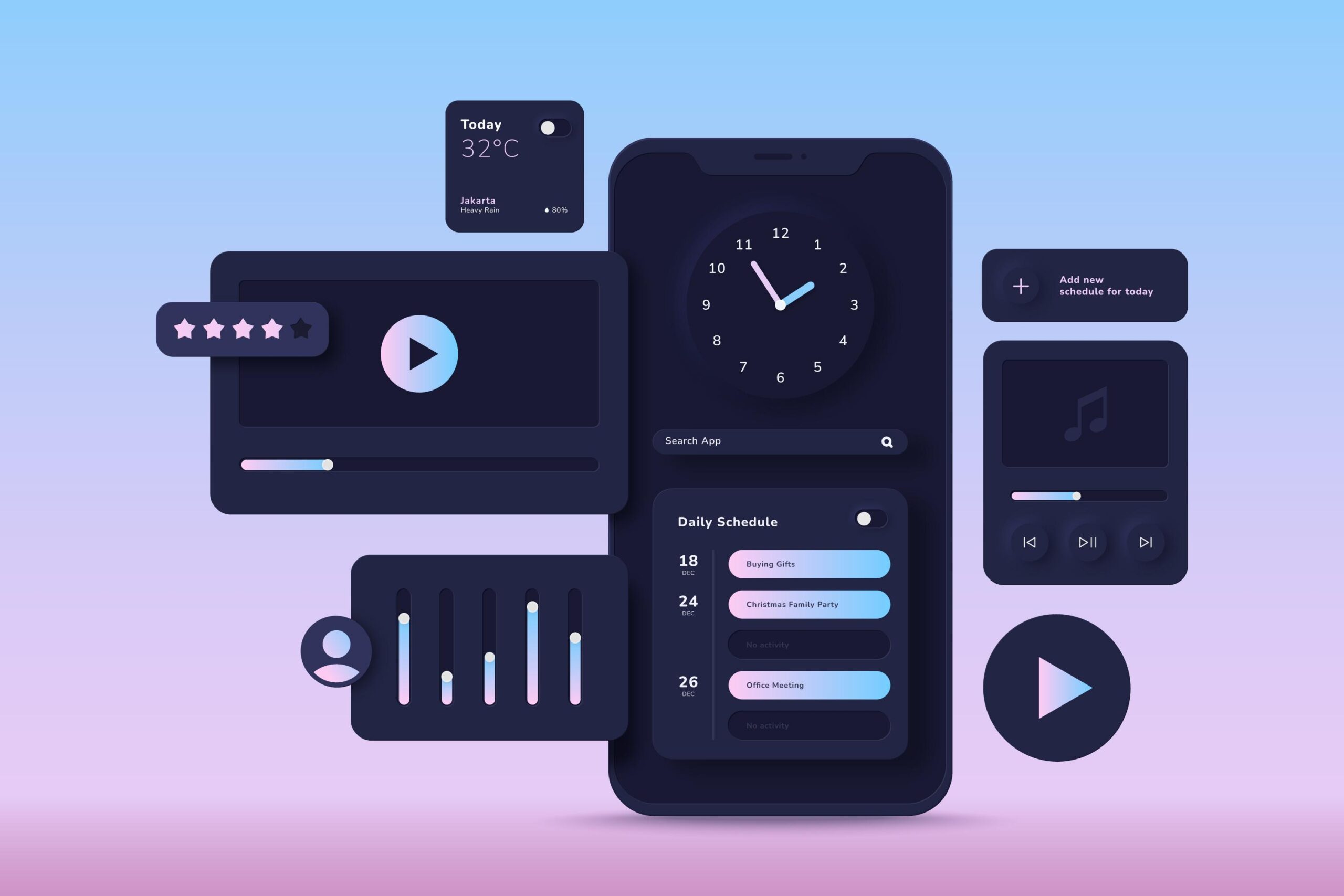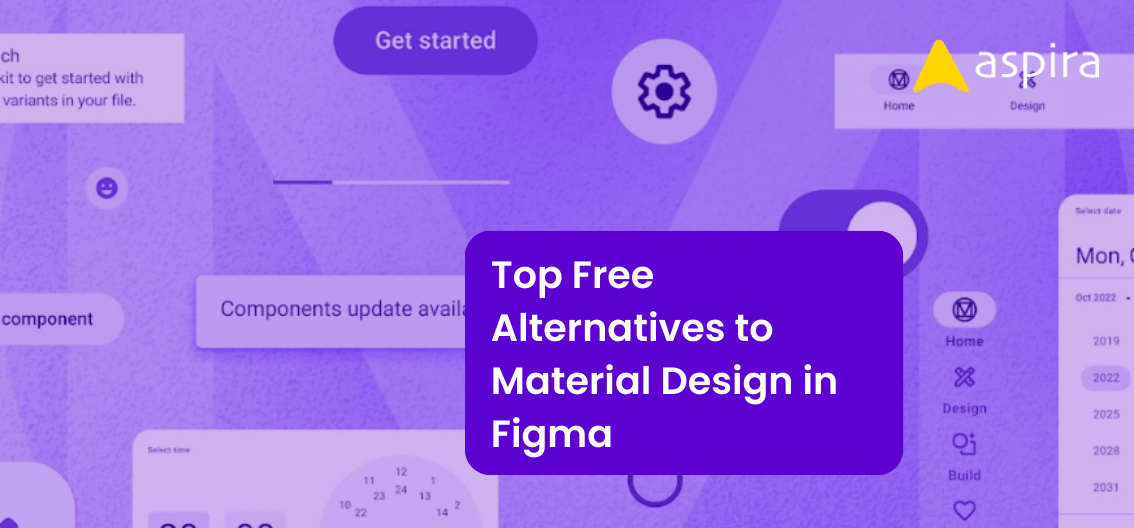UX Design - Mentor & Author.
8 May, 2024

The world of UX design revolves around crafting smooth and intuitive experiences for users. Imagine navigating a website that feels effortless, where finding what you need is a breeze. This is the ideal scenario. However, a sneaky tactic sometimes disrupts this harmony: dark patterns.
What are Dark Patterns in UX?
Dark patterns are deceptive design elements that trick users into actions that benefit the company, not necessarily the user. Think of them as hidden traps disguised as helpful features. For instance, designing a checkout process that hides essential costs like shipping or insurance until the final step is a dark pattern. While it might secure a sale initially, it leaves users feeling misled and frustrated.
Dark patterns come in many forms, all with the same goal: to manipulate user behavior in favor of the company’s short-term gains. These tactics can range from emotional manipulation to cleverly disguised elements that trick users into clicking unintentionally.

Why Do Companies Use Dark Patterns?
There are a few reasons why companies might resort to dark patterns:
Boost Sales: The immediate allure of increased sales figures can be tempting. Dark patterns can nudge users towards unwanted purchases or subscriptions they might not have considered otherwise.
Increase User Sign-Ups: Companies might use dark patterns to inflate their user base, regardless of whether these users are genuinely interested in the product or service. High user numbers can be attractive to investors, but this strategy backfires when users quickly disengage.
Collect More Data: Deceptive tactics can trick users into sharing more personal information than they intended. This data can then be used for targeted advertising or sold to third parties.
Real-World Examples
Hidden Costs: Imagine you’re happily adding items to your online shopping cart, ready to checkout. Suddenly, at the final step, you’re hit with surprise fees for shipping or insurance that significantly increase the total price. This is a classic hidden cost dark pattern.
Confirm shaming: Have you ever tried to unsubscribe from a service and been bombarded with guilt-tripping messages? Phrases like “Are you sure? We’re sad to see you go!” are confirm shaming tactics that play on emotions to pressure users into staying.
Forced Continuity: “Free trials” sound great, but be cautious! Forced continuity is a dark pattern that automatically converts these trials into paid subscriptions unless users jump through hoops to cancel before the trial period ends. The cancellation process itself can be deliberately tricky or hidden to make it even harder to opt-out.
Disguised Ads: These sneaky ads cleverly blend in with regular website content. They might appear as buttons, download links, or even news articles. The goal is to trick users into clicking on them unintentionally, potentially leading them to unwanted websites or landing pages.
What to Do Instead of Using Dark Patterns:
Prioritize User Needs: Always put the user at the forefront of your design process. Focus on creating interfaces that are clear, transparent, and guide users effortlessly towards their goals. Imagine yourself as the user – would this design feel helpful and informative?
Embrace Transparency: Don’t hide important information like fees, subscription terms, or data collection practices. Users deserve to know exactly what they’re getting into before they commit. Be upfront and honest about pricing, cancellation processes, and how their data will be used.
Build Trust Through Design: Create interfaces that make users feel respected and secure. Highlight data security measures and emphasize that user choices are valued. When users trust your design, they’re more likely to become loyal customers and build a positive relationship with your brand.
Conclusion
By rejecting dark patterns and embracing user-centered design principles, we can create products that users love. Imagine crafting interfaces that are clear, transparent, and empowering. This fosters trust and loyalty, leading to a thriving business built on a foundation of ethical practices.
Let’s strive for a future where UX design prioritizes user needs. Together, we can create a digital world that is honest, enjoyable, and built on trust. Remember, ethical design isn’t just the right thing to do, it’s the smart choice for a sustainable and successful future.


